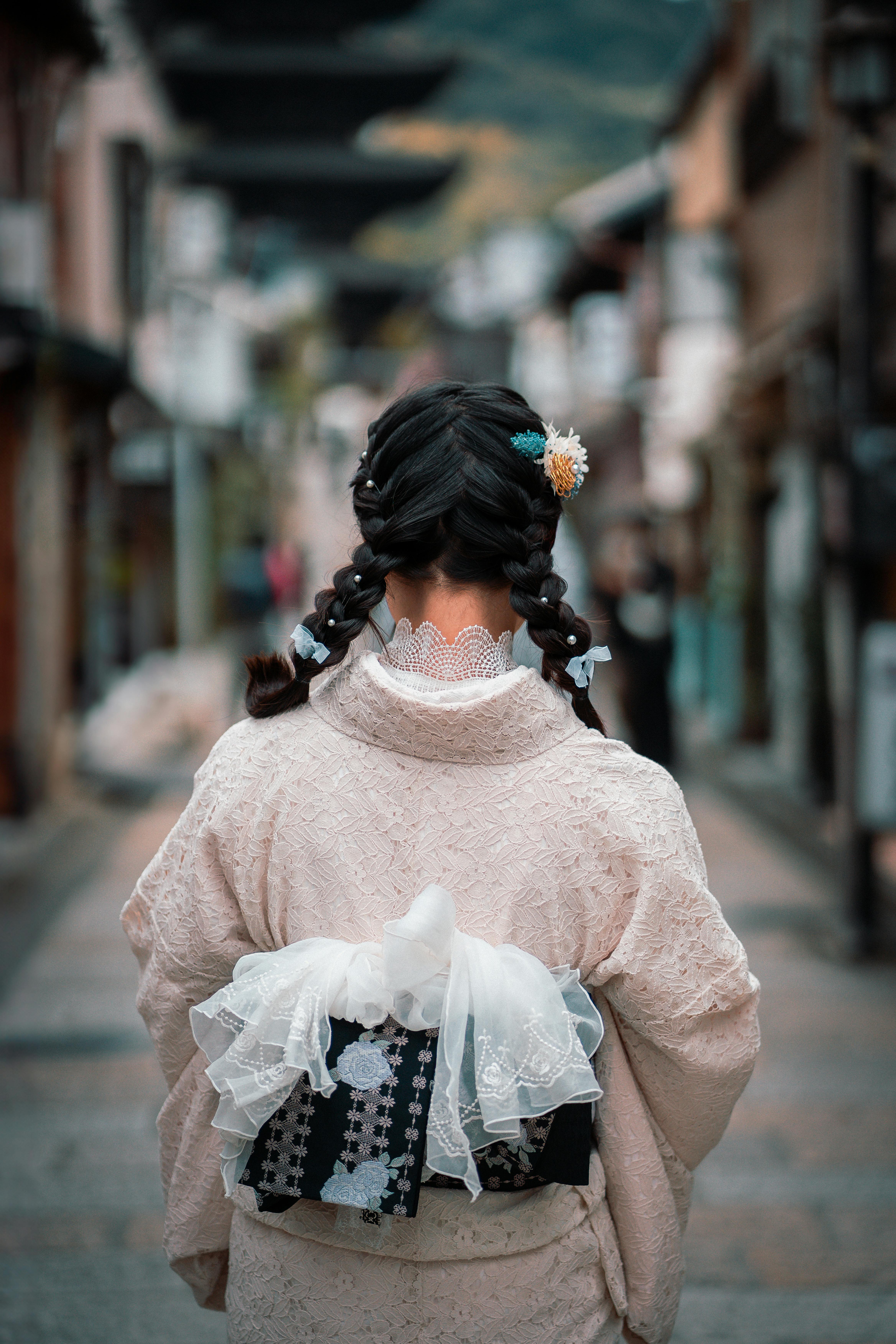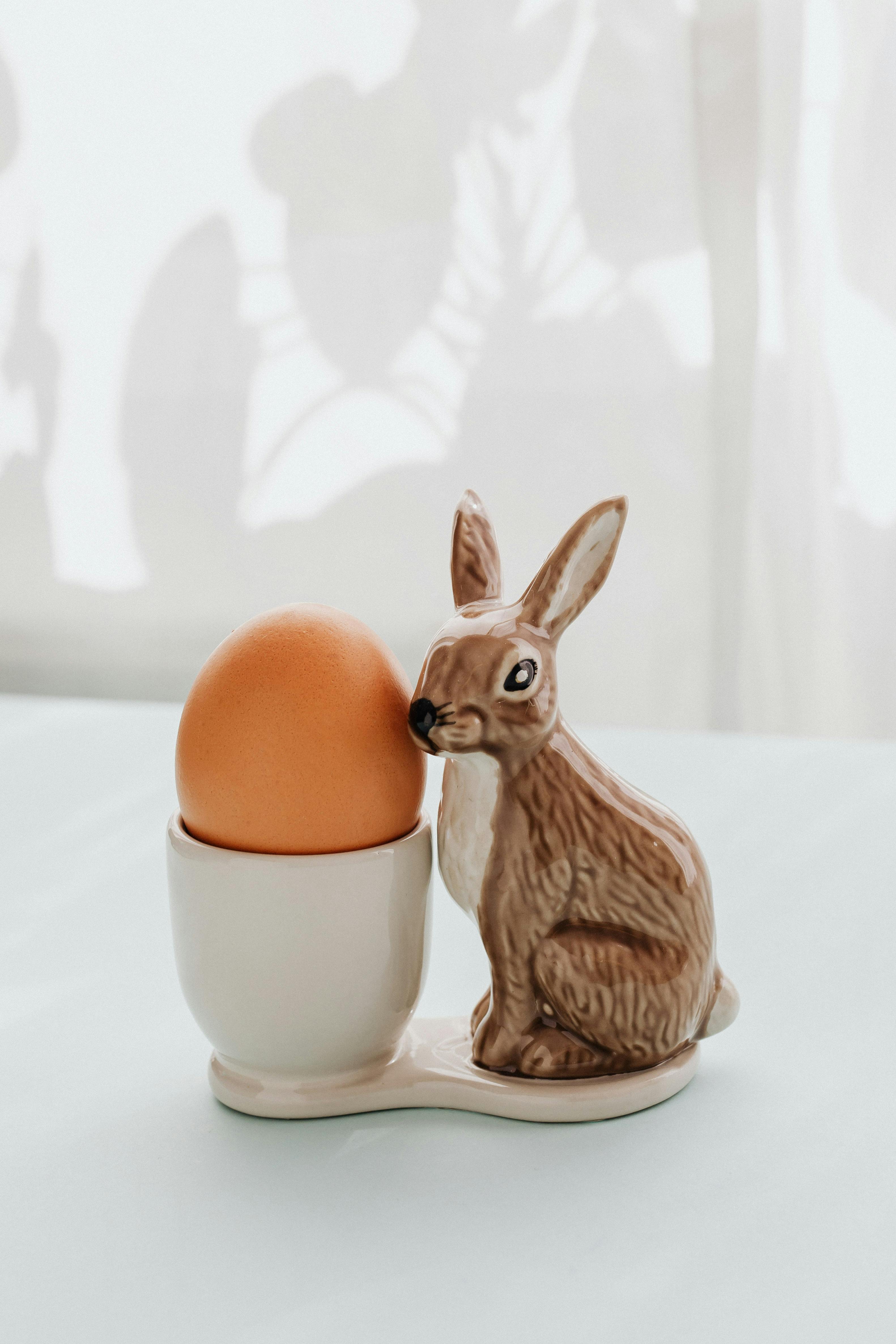Essential Overview of Jeff Koons' Rabbit
Jeff Koons' Rabbit has become one of the most pivotal works within the realm of contemporary art since its creation in the 1980s. As an iconic sculpture, it encapsulates a range of themes including consumer culture, inflationary dynamics in art, and the playful yet profound nature of modern art. Children adore its charm while critics continue to unravel its deeper meanings, highlighting the striking juxtaposition between high art and artistic identity in a consumer-driven society.
In the context of contemporary themes, Rabbit serves not just as a sculpture but as a commentary on our obsession with aesthetics and value in art history. The piece exemplifies how inflatable art can challenge traditional notions of permanence and seriousness associated with sculptures, placing it firmly within the popcorn movement of Pop Art. Critics have delved into the technical mastery of Koons, while art collectors seek to understand its skyrocketing market value.
This article will dive deep into the artistic significance of Rabbit, explore its impact on modern collectors, and illuminate the evolving discourses surrounding contemporary art and its cultural relevance. Along the way, we will examine Rabbit not only as a physical object but as a cultural symbol, reflecting America's complex relationship with consumerism and artistic expression.
By the end, readers will gain insight into the ongoing legacy of Jeff Koons, how his work resonates within the art community, and the broader implications of Rabbit in shaping modern perspectives on art.
Understanding the Impact of Rabbit on Contemporary Art
Building on the foundation of Koons' monumental art pieces, the impact of Rabbit transcends mere aesthetics. The sculpture has ignited a fervent dialogue among art scholars and critics, manifesting as an exploration of consumerism within the artistic sphere. Its polished stainless steel surface both reflects and distorts the surrounding environment, prompting viewers to engage with the themes of perception and reality.
Artists today look to Koons for inspiration, analyzing how his innovative designs disrupt traditional artistic boundaries. The emphasis on playful art and the integration of high and low art forms further cement Rabbit's position within the avant-garde art movement. By promoting an interaction between the observer and the observed, Koons redefines the role of the spectator in the gallery space. His work challenges the norms of art criticism, encouraging a broader interpretation that resonates with diverse audiences.
The gallery exhibitions showcasing Rabbit often highlight its dual role as an iconic pop culture artifact and a financial asset. The art market has seen dramatic fluctuations in the valuation of contemporary collectibles, and Koons' work stands at the forefront of this trend, influencing how today's art collectors perceive value.
This naturally leads us to consider the evolution of Koons’ artistic style and the context in which it emerged, reflecting broader societal trends in the perception of art.
Koons' Artistic Evolution and Rabbit's Role
Jeff Koons' career trajectory offers a fascinating lens through which to view the emergence of Rabbit as an essential piece of contemporary sculpture. First created in 1986, it represented a shift towards incorporating consumer culture in fine art, a movement that resonated deeply with the societal norms of the 1980s. As modern collectors attain works by Koons, understanding the significance of this era becomes critical to appreciating his overall oeuvre.
Koons' exploration of accessible art mediums like inflatable art connects with the vibrant lifestyles of the individuals who engage with his work. This accessibility invites a broader audience, moving beyond traditional art institutions and into public spaces, where Rabbit serves as an icon of cultural achievement and commentary.
Moreover, the technological advancements of the time and Koons' innovative design strategies allowed him to redefine the aesthetics of sculpture. By utilizing polished surfaces and reflective materials, he created significant work that captures the attention of viewers, provoking emotional responses and inviting multiple interpretations.
Through examining the symbolism in Rabbit, we can unearth Koons' intentions as an artist, including his desire to engage audiences in a dialogue about the value and purpose of art.
As we consider the critical reception and public reactions, it's essential to delve into the more nuanced themes surrounding the socio-cultural significance of Rabbit.
The Cultural Significance of Rabbit and its Critique
Koons' Rabbit has consistently stirred vibrant conversations surrounding cultural commentary within contemporary art. At first glance, its playful form and shiny exterior evoke feelings of nostalgia, reminiscent of childhood toys. However, beneath this façade lies a profound critique of consumerism and the commodification of art. Art critics have dissected the implications of presenting such a relatable object in a high art context, revealing the tensions between accessibility and elitism in art collecting.
What makes Rabbit resonate so deeply today is its reflection on the rapid shifts in consumer behavior and art valuation. In an age dominated by social media and rapid consumption, the sculpture serves as a reminder of how art can encapsulate both fleeting trends and timeless values. The emotional connection it fosters with viewers prompts discussions about the future of art and the societal implications of valuing aesthetic experiences over conventional forms of artistic merit.
Access to art is becoming increasingly democratized, yet Koons' positioning of Rabbit at high-stakes auctions challenges this notion. The auction prices of his work underscore the complexities of ownership and the role of art collectors in shaping broader art markets.
Transitioning from its cultural significance, we're led to explore how art fairs and exhibitions are evolving to cater to contemporary themes in art, particularly focusing on monumental pieces like Rabbit.
Art Fairs and Exhibition Spaces: Showcasing Rabbit’s Market Value
Taking this concept further, the demand for Koons’ work at art fairs and exhibitions speaks volumes about the current state of the contemporary art market. Utilizing platforms such as Art Basel and Christie’s auctions, artists, collectors, and patrons converge to celebrate and critique iconic sculptures like Rabbit. This creates a dynamic ecosystem where innovation flourishes alongside investment opportunities.
Today, the booming interest in large-scale sculptures has propelled Koons’ work into the spotlight, significantly affecting the market value of his pieces. Collectors navigate through the art collectors guide, sifting through the cultural narratives and trends that define the art world. The excitement surrounding his auctions is palpable, often drawing attention from buyers willing to invest significant sums into pieces like Rabbit.
These exhibitions not only bolster the financial aspects of contemporary art but also encourage critical engagement with larger societal issues, exploring how artworks function as vehicles of cultural commentary. The prominence of Rabbit fosters discussions about the role of art and technology in shaping the future of artistic practices, underscoring the necessity for dialogue between artists and their audiences.
This ongoing dialogue bridges to the evolving landscape of art patronage and philanthropy as we examine the motivations behind art collectors and the investment in artists and their work.
The Dynamic Landscape of Art Collectors and Patronage
As art trends continue to shift, understanding the motivations of modern collectors has become crucial. The role of art collectors has evolved into that of activators within the art scene; they not only support artists financially but also engage in meaningful conversations surrounding the lasting impact of their collections. This involves negotiating the complex intersections of art, culture, and personal values.
Art collector networks reshape how pieces like Koons’ Rabbit are perceived within the art community. Not only do these individuals influence market dynamics, but they also play pivotal roles in funding art institutions, exhibitions, and public installations. The relationship between collectors and artists continues to be symbiotic, creating avenues for greater visibility and deeper appreciation of modern art.
The community dynamic surrounding collectors fosters curated experiences that enrich the overall understanding of contemporary artworks. However, this blends with a growing concern surrounding the accessibility of art to wider audiences, creating a dialogue on how art should flow into everyday culture as opposed to remaining exclusive.
In examining these collector dynamics, we are led to reflect on the various artistic inspirations that fuel both creators and collectors, connecting back to the influential role of Koons in redefining art expectations, especially through pieces like Rabbit.
Exploring Artistic Inspirations behind Rabbit
Understanding the core motivations that drive artists like Koons is vital for grasping the essence of Rabbit as a work of art. Influences ranging from childhood memories, pop culture, and consumerism interweave to construct a rich narrative around the piece. Koons' engagement with everyday objects and experiences points to a larger trend in how contemporary artists draw from their surroundings to produce works that resonate with audiences.
Furthermore, as we analyze the aesthetic value of inflatable art, we examine how its playful nature invites various interpretations and emotional responses. Rabbit stands as a testament to the potential for art to bridge gaps, revealing insights into societal behaviors, values, and the evolving landscape of cultural dialogue.
The celebration of Koons' individual style introduces additional layers to the discussion surrounding Bunny as a cultural artifact, encouraging viewers to reflect on their connections to art and its place within their lives.
Ultimately, the narrative surrounding Rabbit and its reception across the art world illustrates the ongoing evolution of artistic expression, blending personal inspiration with broader cultural commentaries.
Rabbit in Popular Culture and Its Broader Implications
With these basics established, we must take a closer look at how Rabbit transcends the art world, infiltrating popular culture and shaping wider societal perceptions towards contemporary themes. Its distinctive imagery and playful nature have made it a significant touchstone for discussions surrounding consumerism and artistic expression in various media outlets.
The references to Rabbit in contemporary culture illustrate how it has become a symbol of Koons’ impact and the dynamics of the art market. Discussing its portrayal allows for a deeper understanding of the narrative surrounding the symbolism of inflatable art and how it contrasts against the backdrop of traditional sculptures.
Cultural shifts around acceptance and value in art have been influenced by Koons’ work. This engagement opens a dialogue around how collectors, patrons, and the public perceive the function of art in society. By navigating these discussions, we begin to understand the psychological aspects of viewing art and its associated importance in day-to-day life.
The inclusion of Rabbit in various artistic dialogues invites a broader critique of how artworks can represent societal emotions, aspirations, and anxieties. This exploration serves to foster connections between artworks and their audience while shedding light on the complex interactions that typify contemporary art environments.
The discourse surrounding Rabbit raises fundamental questions about the future of contemporary art, particularly the trajectory of innovation in sculpture and the potential for compelling storytelling through visual mediums.
Conclusion: The Lasting Legacy of Rabbit and Jeff Koons
In sum, Jeff Koons' Rabbit serves as a microcosm for understanding contemporary art within the wider social discourse. By examining its impact, significance, and reception, we glimpse the evolving landscape of modern art and the crucial role artistic expressions play in shaping culture.
As a lasting legacy of Koons' artistic narrative, Rabbit continues to inspire new generations of artists, collectors, and art enthusiasts, solidifying its place not only in art history but also in the collective consciousness surrounding modern cultural values. The dialogues surrounding it challenge us to question our connection to art, its intrinsic value in society, and how it reflects collective experiences.
As we move forward in the world of art, understanding pieces like Rabbit encourages deeper engagement with the art community, nurturing meaningful relationships and dialogues that resonate within our lives and encourage further exploration of artistic narratives.


